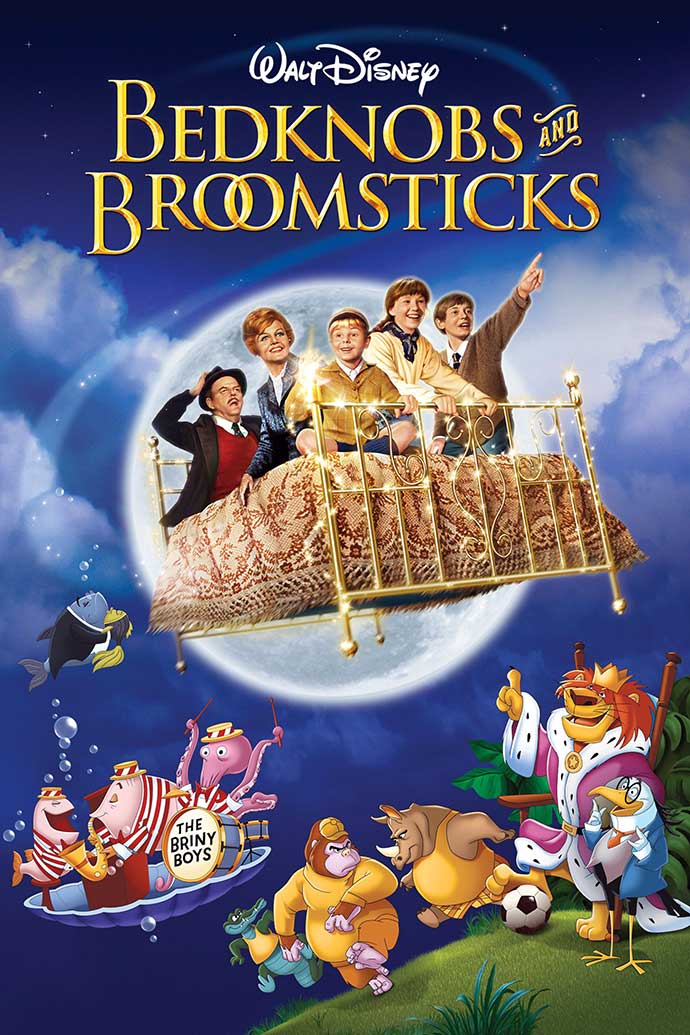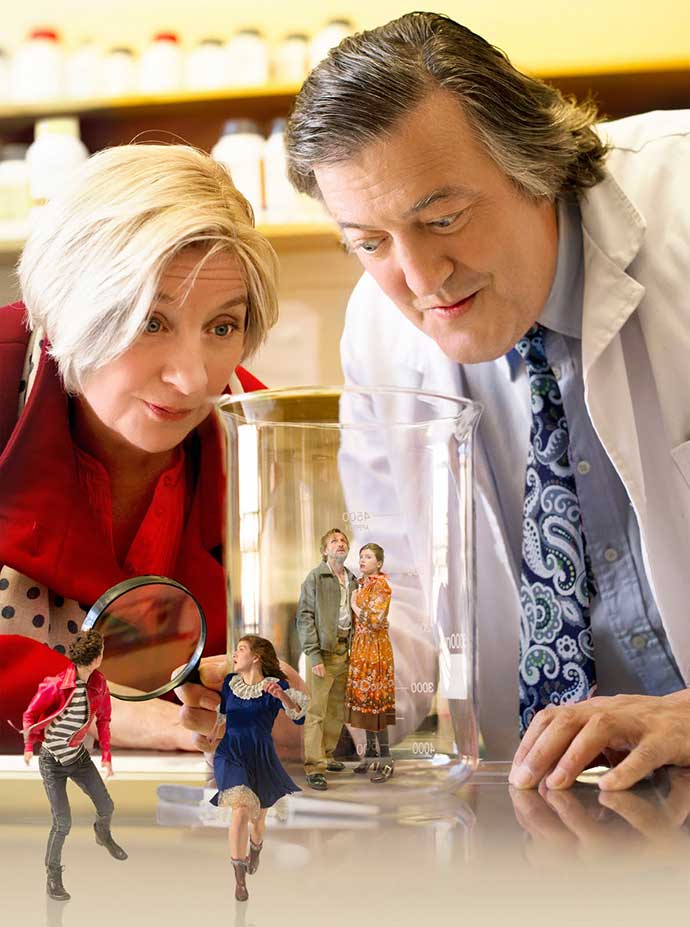When I was maybe four years old, my family visited my father’s eccentric old aunties who lived in a fading Victorian near San Francisco’s Golden Gate Park.
Auntie Ivy road a Harley. Auntie Dora talked to dead people. My father thought they once had husbands but wasn’t sure. My mother mumbled something about “arsenic and old lace.”
We arrived in the middle of a thunderstorm. The lights kept flickering and the aunties lit candles. After dinner, the adults tucked into the sherry and I snuck off to the parlor to sit in the dark and listen to their conversation.
“This storm puts me in mind of the last time I channeled an ectoplasm,” Auntie Dora intoned. “I remember, I remember…” My mother rapidly steered the conversation elsewhere, but I was stuck on ectoplasm.
I had no idea what it meant, but it sounded exciting and mysterious. I whispered it to myself, letting it roll off my tongue, imagining what it could be.
Then, from pure mischievousness, I burst into the dining room shouting, “There’s an ectoplasm! I saw an ectoplasm!” The rest is a blur of fainting aunties and angry parents.
Years later, while devouring Mary Norton’s book, The Borrowers, I came across a passage that helped decode that now-forbidden word. In Chapter 10, teenage Arrietty explains that, after three glasses of Madeira, great-aunt Sophy never believed what she saw.
“She thinks my father comes out of the decanter,” said Arrietty, “and one day when I’m older he’s going to take me there and she’ll think I’ve come out of the decanter too.”
I knew I’d found a soulmate.
This month Later Bloomer celebrates the life of Mary Norton, whose birthday was December 10, 1903.
Mary was an award-winning children’s author whose name you might recognize, not just from The Borrowers, published when she was 49, but for the book that inspired Disney’s Bedknobs and Broomsticks. She wrote the latter at age 40 during World War II while supporting four children.
Mary grew up in an English Georgian manse replete with alcoves and crannies to lose herself in. (It later doubled as a setting for many of her books.) She spent an idyllic childhood traipsing through the Bedfordshire countryside after four older brothers, when she could keep up.
Mary developed extreme nearsightedness at an early age, but she didn’t let it spoil her adventures. She turned her poor vision into an exercise in imagination. Since she couldn’t see distance, she created tiny, intimate worlds of her own.
In the introduction to The Borrowers Omnibus (1990), she explains her inspiration for the Borrowers, a family of little people:
“…Moss fern stalks, sorrel stems created the mise en scene for a jungle drama…One invented the characters—small, fearful people picking their way through miniature undergrowth. One saw smooth places where they might sit and rest; branched stems which might invite them to climb; sandy holes into which they might creep for shelter.”
Starting at age eight, Mary attended convent schools, which explains her first career choice. In her early twenties, she joined the London’s Old Vic Company as an actress. (In the 1920s, the pursuit of acting was considered very unorthodox for an upper-class woman.)
She quit acting in 1927 to marry Robert Norton, a wealthy shipping heir. They moved to Portugal, where his family headquartered their business. Over the next twelve years, they had two sons, Robert and Guy, and two daughters, Ann-Mary and Caroline.
But Mary’s status quo life soon ended. Robert’s wealth was built on Portuguese exports, especially wine and port. When the Great Depression hit, no one could afford such luxuries. The business floundered.
Then, within a decade, World War II broke out. Robert joined the British Navy as a gunner. Mary and the children returned to Britain, where she served with the War Office. In 1941, the British Purchasing Office posted her to New York. To make ends meet, she freelanced in English/Portuguese translation at night.
Bedknobs and Broomsticks
Mary never lost her love for acting. Before starting her translation work, she voiced enthralling, original bedtime stories for her children. A family friend encouraged her to write them down.
In 1943, Hyperion Press in New York published her first children’s book, The Magic Bed-Knob; or, How to Become a Witch in Ten Easy Lessons. Not surprisingly, she started acting again. Her creative floodgates had reopened.
Mary and her children returned to England. In 1944, right before the U.K. edition of The Magic Bed-Knob debuted, Mary lost her eyesight in a rocket blast. She recovered through a delicate surgery and, in 1947, penned a sequel to The Magic Bed-Knob called Bonfires and Broomsticks. In 1957, her publisher combined the two books into Bed-Knob and Broomstick.
The story follows three children, a spinster studying to become a witch, and a flying bed on various adventures (including cannibals, of course). The Times Book Review observed, “No one can tell for certain when a classic is born, but this story has all the makings of one.”
Walt Disney thought so, too.
He desperately wanted to produce a film that combined animation and live-action. Disney was in negotiations with a Miss P.L Travers, who’d authored some books about a magical nanny. She thwarted him at every meeting.
He acquired Bed-Knob and Broomstick as backup—for £300. Miss Travers eventually relented and Mary Poppins became one of Disney’s biggest hits.
In 1971, Mary Norton’s story finally made it to the big screen as Bedknobs and Broomsticks starring Angela Lansbury.
The Borrowers
But it was The Borrowers, published when Mary was 49, that made her name as a children’s author and earned her the coveted Carnegie Medal. The book’s popularity immediately generated three sequels: The Borrowers Afield (1955), The Borrowers Afloat (1959), and The Borrowers Aloft (1961).
While researching this piece, I was delighted to discover that in 1982, long after her first generation of readers had grown, Mary wrote a fourth sequel called The Borrowers Avenged.
In case you’ve not read the books, the title’s “borrowers” are little people who live under the floorboards beneath a clock in an old Georgian house. They’re not pixies, sprites, or fairies. They’re small humans whose lives, loves, fears, and disappointments resemble ours, except they survive by up-cycling items that belong to big people they call “human beans.”
The decorative button you saw pop off your cardigan and roll under the dresser, but never found? They took it. Fill in the holes and it makes a fine plate. But they’re not thieves, as Arrietty explains to the human boy she befriends:
“…Borrower’s don’t steal.”
“Except from human beings,” said the boy.
Arrietty burst out laughing; she laughed so much that she had to hide her face in the primrose. “Oh dear,” she gasped with tears in her eyes, “you are funny!” She stared upward at his puzzled face. “Human beans are for Borrowers—like bread’s for butter!”
Arrietty, of course, is not content to stay beneath the floorboards. Her natural curiosity gets the family into trouble, forcing them afield, afloat, and aloft in their search for safety. Her father and mother strive to protect her from the big, dangerous world of “human beans” while keeping her adventurous spirit intact (something Arrietty doesn’t often appreciate).
Arrietty was soulmate to a generation of baby-boomer kids who raced their bikes until dark, crashed their handmade go-carts, fell off roofs on makeshift wings, and used books and their imaginations to decode the unknown (including an occasional ectoplasm).
Mary Norton married her second husband, writer Lionel Bonsey, in 1970. They moved to County Cork when Ireland offered artists some enlightened tax concessions. She returned to England after Lionel passed away and followed him two years later, at age 89.
Mary’s long-standing American publisher, Margaret McElderry, said of her: “She has always been and will always continue to be one of the high-points of my personal and professional life.”
Mary was almost halfway through her long, eventful life when she took up writing. She wrote her way through war, hardship, and even blindness. “Misfortunes make us wise,” she has Arrietty write in her diary.
Yet no one has written her definitive biography. I pieced this together from obituaries and newspaper articles.
The Borrowers continues to enchant generation after generation. Recent adaptations include a 2011 BBC production starring Stephen Fry and a 2010 anime version called The Secret World of Arrietty from Hiromasa Yonebayashi (who made Howl’s Moving Castle).
What makes these books so endearing and enduring? “Keep your sense of wonder…and don’t be so literal,” Mrs. May counsels in The Borrowers Afield. For many of us, Mary Norton opened a world of wonder and magic.
Let’s make it our midlife mission to go afield, afloat, aloft, in search of that world again!

(Just for fun: What other late-blooming children’s author won the Carnegie Medal? Find out here.)



